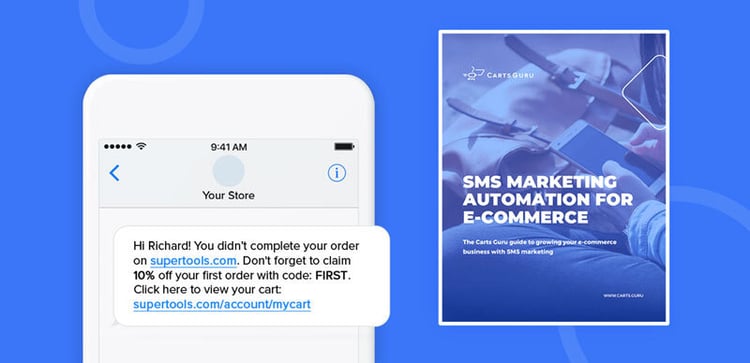
The pandemic has forced email marketers to rethink the best practices that guide them. It's no longer enough to rely on a conventional approach--marketers must redefine the rules of email marketing in order to adapt.
With routines turned upside down and a large number of people working from home, optimal send times are harder to predict. On top of that, email volume is at an all-time high, and standing out is no easy task.
Marketers double down on email
In the wake of COVID-19, marketers rushed to meet customers on digital channels. Email volume has more than doubled in most industries and has yet to return to pre-pandemic norms.
According to a Validity research report, we're in one of the longest stretches of sustained highs for global inbox volume and are still trending upward.
Even as we begin to slowly recover from the impact of the pandemic, the shift towards digital channels will remain steady. Aside from the clear need to adapt to behavioral shifts, marketers will also place greater emphasis on maximizing ROI.
As such, they will depend on methods that generate reliable returns. With email generating $38 for every $1 spent (or 3,800% ROI), it's one of the most effective options available.
New routines shift the rules of email marketing
With many people still working from home, marketers are seeing a shift in which send days and times are most effective.
Prior to the pandemic, many marketers would schedule their emails around 10:00 a.m., at lunchtime, and around 2:00 p.m. during "coffee time," and then in the evenings. Now, according to new research, businesses are seeing more engagement in the afternoon.
In another shift, while marketers traditionally avoid sending email at the top of the hour, they now see more engagement at that time. This may be because workers are between meetings, sitting on the computer at the beginning of the hour, waiting for video calls to start, and checking emails.
While we can make some assumptions about current situations and routines, the reality is that our lives are less predictable than they once were. Instead of focusing too much on industry-wide best practices, successful marketers are listening carefully to find what works best for audiences.
Personalization, segmentation, and automation will play a key role in helping brands stand out in crowded inboxes. Marketers will need to compare and measure the impact of different send times, content, and design.
A Multichannel strategy is more effective than ever
In the wake of the pandemic, people expect brands to take extra steps to keep them connected to their products and services. As a result, the lines between personal and professional communication are shifting.
Businesses are embracing channels like SMS and Messenger to support their email marketing efforts. These messaging channels boost engagement rates, ROI, and brand loyalty.
SMS and Messenger allow brands to move closer to achieving the 1-to-1 marketing paradigm at scale. This approach is critical for brands to break through the noise.
More than that, a multichannel approach gives marketers the flexibility to meet customers where they are most likely to engage. For example, with Carts Guru, brands can set up personalized user journeys based on triggers and workflows.
This helps marketers move away from the email 'blast' mentality, and move towards a more targeted approach. They can let their customers lead the way to create purposeful touchpoints.
Multichannel campaigns, fallback logic, and automated workflows might sound like tactics for large retailers and budgets. However, our tools make campaign set up simple, intuitive, and cost-effective.


